Introduction to PPR Pipe Maintenance
Understanding PPR Pipes
PPR (Polypropylene Random Copolymer) pipes are widely used in plumbing systems due to their durability, thermal resistance, and cost-effectiveness. These pipes are designed to last for decades, but like any plumbing system, they require regular maintenance to ensure optimal performance.
Importance of Regular Maintenance
Regular maintenance of PPR pipes is crucial to prevent potential issues such as leaks, blockages, and system failures. By conducting routine checks and maintenance, homeowners and professionals can extend the lifespan of their PPR piping systems and avoid costly repairs.
Overview of Maintenance Procedures
Maintenance of PPR pipes involves several procedures, including cleaning, inspecting for leaks, and ensuring proper insulation. Understanding these procedures helps in maintaining the efficiency and reliability of the plumbing system.
Routine Maintenance Procedures
Cleaning the Pipes
Over time, PPR pipes can accumulate debris and mineral deposits that may affect water flow and quality. Regular cleaning helps to remove these buildups, ensuring smooth and efficient water circulation.
- Flushing the System: Periodically flush the system with clean water to remove loose debris and sediments.
- Using Cleaning Solutions: For stubborn deposits, use appropriate cleaning solutions that are safe for PPR pipes. Always follow the manufacturer’s recommendations to avoid damage.
Inspecting for Leaks
Leaks are a common issue in any plumbing system. Regular inspection of PPR pipes can help identify and address leaks before they cause significant damage.
- Visual Inspection: Regularly inspect the pipes for visible signs of leaks, such as water stains, damp spots, or puddles.
- Pressure Testing: Conduct pressure tests to identify any weak points or potential leaks within the system. This involves temporarily increasing the water pressure and checking for drops that indicate a leak.
Ensuring Proper Insulation
Proper insulation is vital for maintaining the efficiency of PPR pipes, especially in areas exposed to extreme temperatures.
- Insulating Hot Water Pipes: Insulate hot water pipes to minimize heat loss, which can improve energy efficiency and reduce heating costs.
- Protecting Pipes from Freezing: In colder climates, ensure that exposed pipes are insulated to prevent freezing and potential burst pipes. Use foam pipe insulation or heat tape as needed.
Repairing PPR Pipes
Identifying Common Issues
Despite their durability, PPR pipes can encounter issues that require repair. Common problems include leaks, cracks, and joint failures.
- Leaks: Leaks can occur due to damage, improper installation, or wear and tear. Identifying the source of the leak is the first step in the repair process.
- Cracks and Breaks: Physical damage or extreme temperature changes can cause PPR pipes to crack or break. Prompt repair is necessary to prevent water damage and maintain system integrity.
Repair Techniques
Repairing PPR pipe involves specific techniques that ensure a durable and leak-proof fix.
- Heat Fusion Repair: Heat fusion is the most common method for repairing PPR pipes. It involves heating the damaged section and using a fusion machine to create a seamless, strong joint.
- Using Couplings: For minor leaks or cracks, using couplings and fittings can provide a quick and effective repair. Ensure that the replacement parts are compatible with the existing PPR pipes.
Preventing Future Issues
Taking preventive measures can help avoid future problems with PPR pipes.
- Regular Maintenance: Consistent maintenance is key to preventing issues. Schedule routine checks and cleanings to keep the system in good condition.
- Proper Installation: Ensure that PPR pipes are installed correctly according to manufacturer guidelines. Proper installation minimizes the risk of future leaks and joint failures.
Conclusion:
Benefits of Proper Maintenance
Maintaining and repairing PPR pipes correctly ensures their longevity and efficiency. Regular upkeep prevents costly repairs and extends the lifespan of the plumbing system, providing reliable service for years to come.
Professional Assistance
While homeowners can often handle routine maintenance, certain repairs require professional assistance. Consulting a licensed plumber ensures correct and safe repairs, protecting the integrity of the PPR piping system.
Final Thoughts
PPR pipes are an excellent choice for modern plumbing systems due to their durability and versatility. By following proper maintenance and repair guidelines, you can ensure that your PPR pipe remain in optimal condition, providing efficient and reliable service for your home or business. Regular maintenance, timely repairs, and professional support are essential components of a robust and long-lasting plumbing system.
IFAN is a Chinese manufacturer of plastic pipes, fittings and valves with 30 years of experience. If you are interested in IFAN copper fittings, copper valves, plastic pipes and fittings, please contact us. IFAN offers you a variety of standard pipes to meet your specific needs. Click below to learn more about IFAN’s wide range of affordable and cost-effective valve products and piping system related products.
We will reply your email or fax within 24 hours.
You can call us at any time if there is any question on our production.
For more information,pls visit our webside https://pipefittingpro.com/
Pls Mailto: [email protected]
Whatsapp: + 86 19857948982

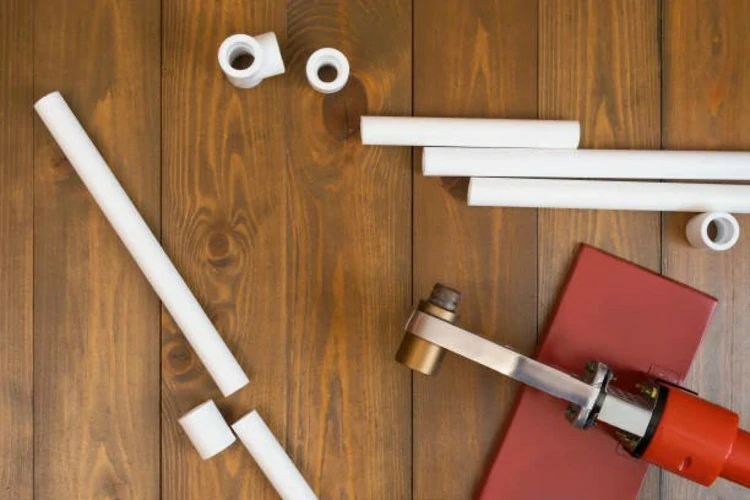
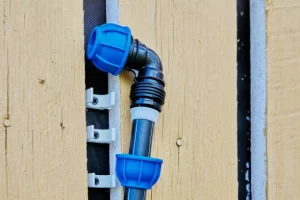
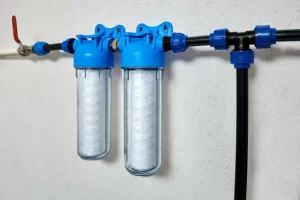
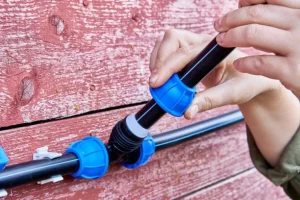
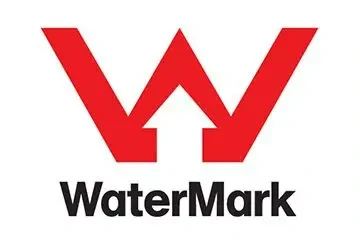

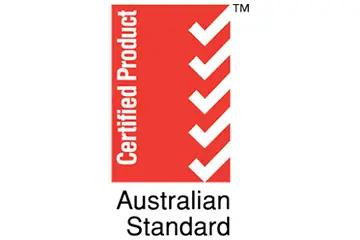
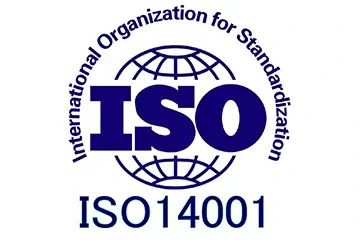

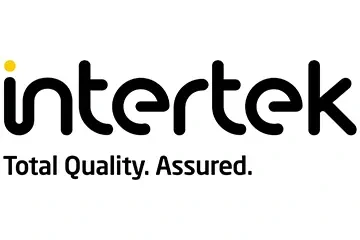


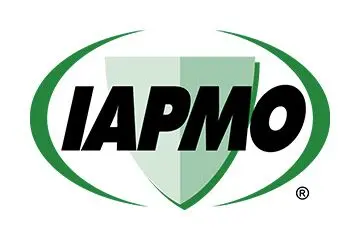
Recent Comments